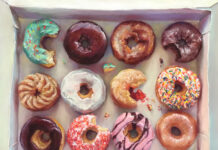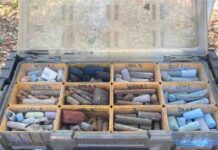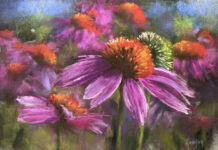In my IGNITE! Membership, we have a session called Looking at Art where we examine artwork that illustrates the theme of the month. In my research a few weeks ago, I came across this painting by Siebe Johannes ten Cate (Dutch 1858-1908) in the Cleveland Museum of Art. I hadn’t heard of this artist before and was delighted to make his acquaintance! I hope you are too.
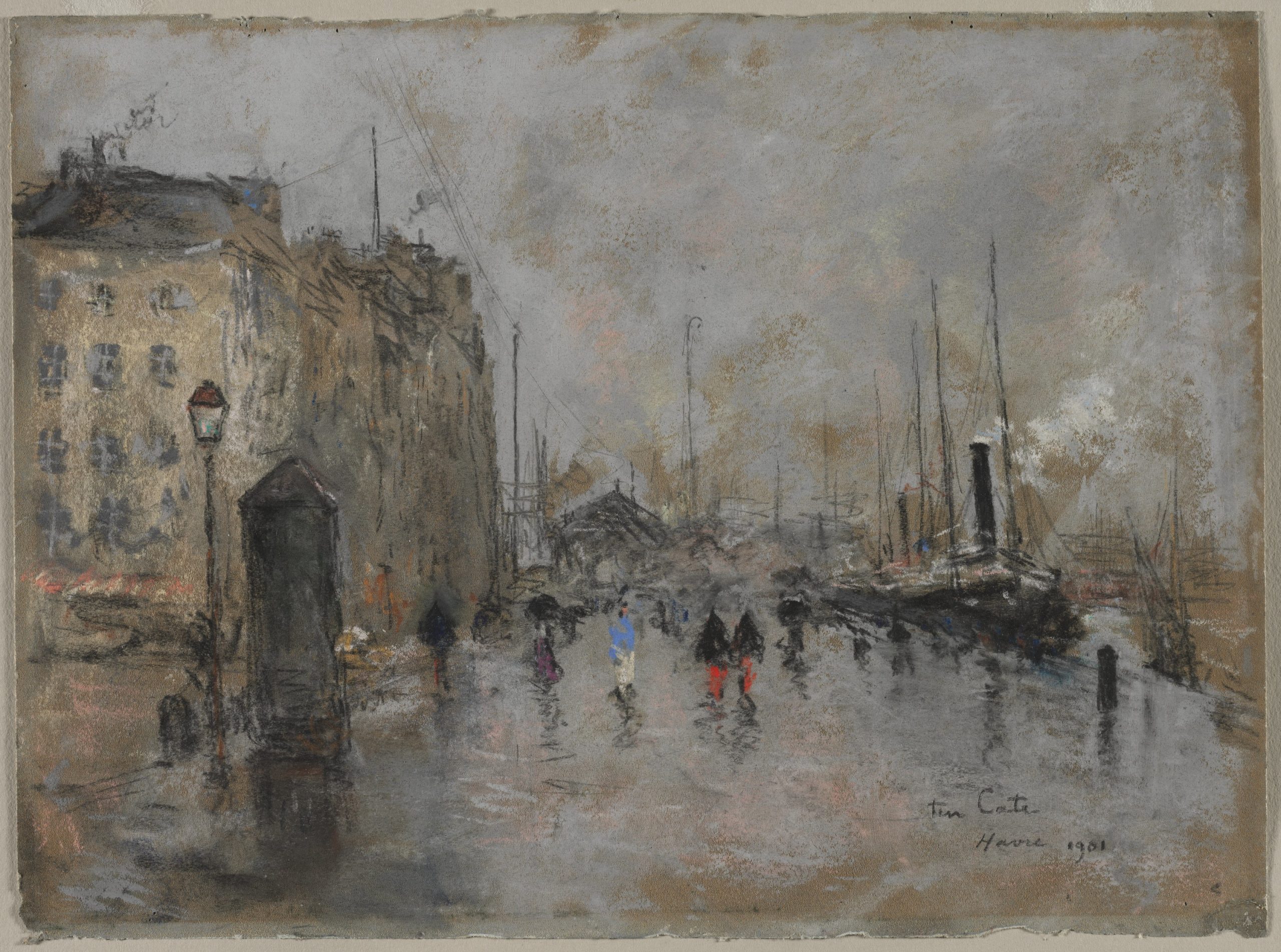
I was taken by the energetic marks of this painting. I can sense the figures scurrying about their business on the quay in the damp and cold. So much said, with so little!
Ten Cate used a limited palette of primarily greys and blacks. Along with a couple of obvious colour accents on the clothes of the foreground figures, ten Cate used the occasional smudges of brighter colours, colours that we discover when we look more closely.
One thing I want to make clear upfront. What we see is not how this painting would have looked originally. The artist chose a blue paper, not a beige paper which is what it looks like here. Ten Cate chose a cool coloured paper to work on rather than a warm one. So much of the paper comes through in this piece so try to imagine how the blue paper would have had a very different effect!
With that said, let’s take a closer look.
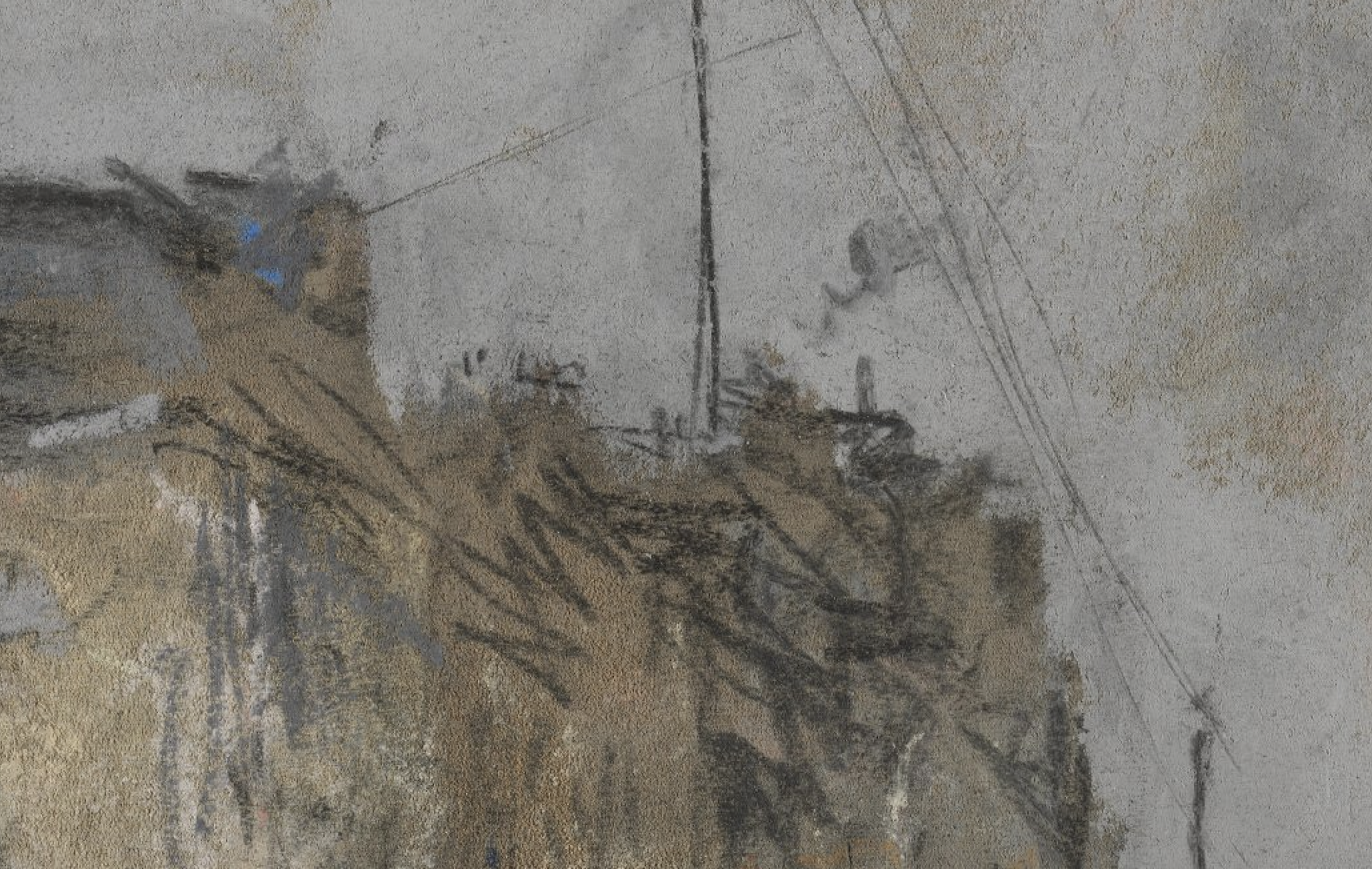
Starting top left, we can see the original lines drawn prior to the pastel being added. And, we also see thin lines (graphite?) added after the pastel was applied.
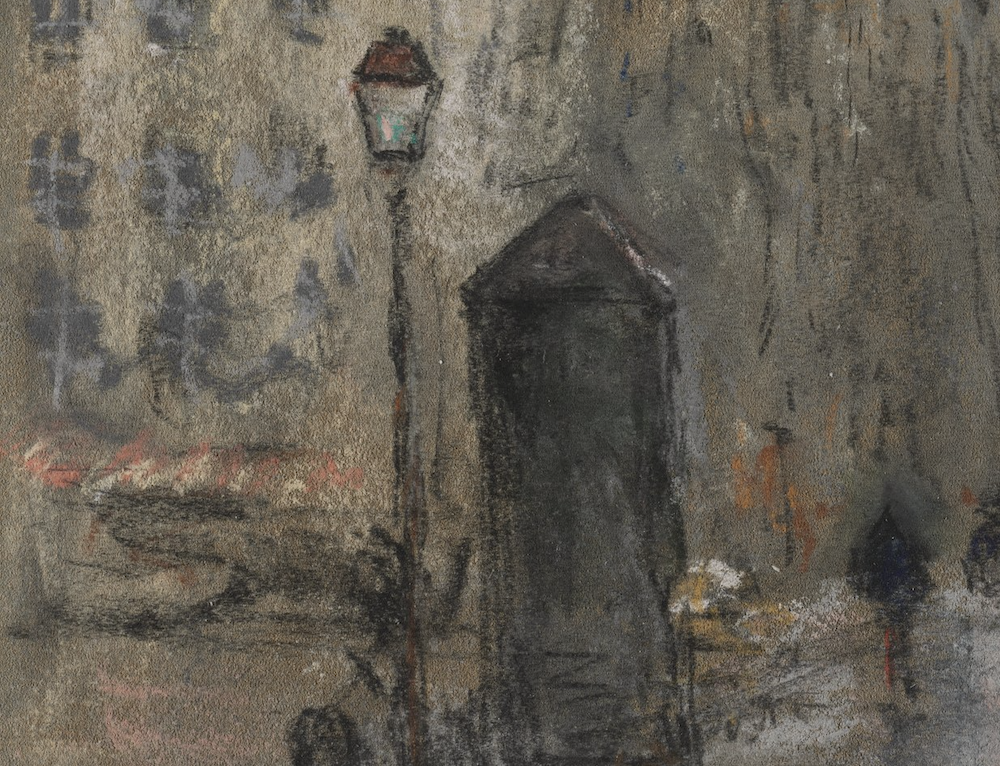
Bits of colour – pink, green, yellows/browns – appear on an awning (a café perhaps?), a lamp, and as blurry shapes in front of the building, all adding to the atmosphere.
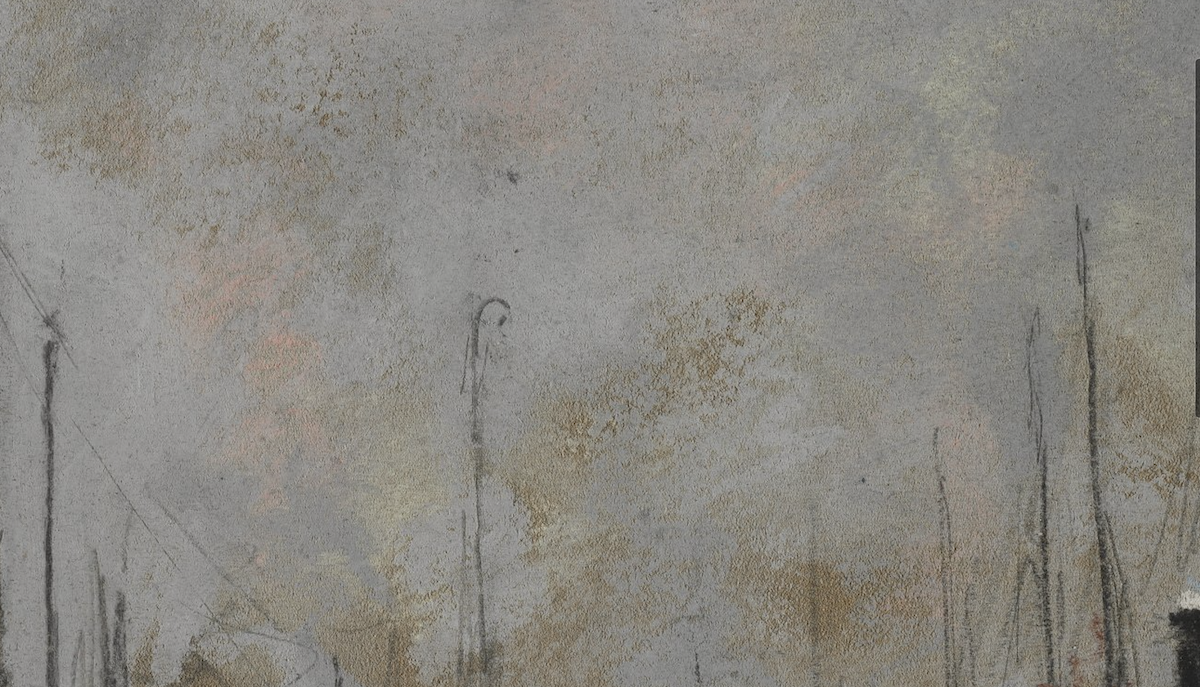
Look closely and you can see smudges of pink and pale yellow in the sky. You’ll see those colours mirrored in the foreground pavement.
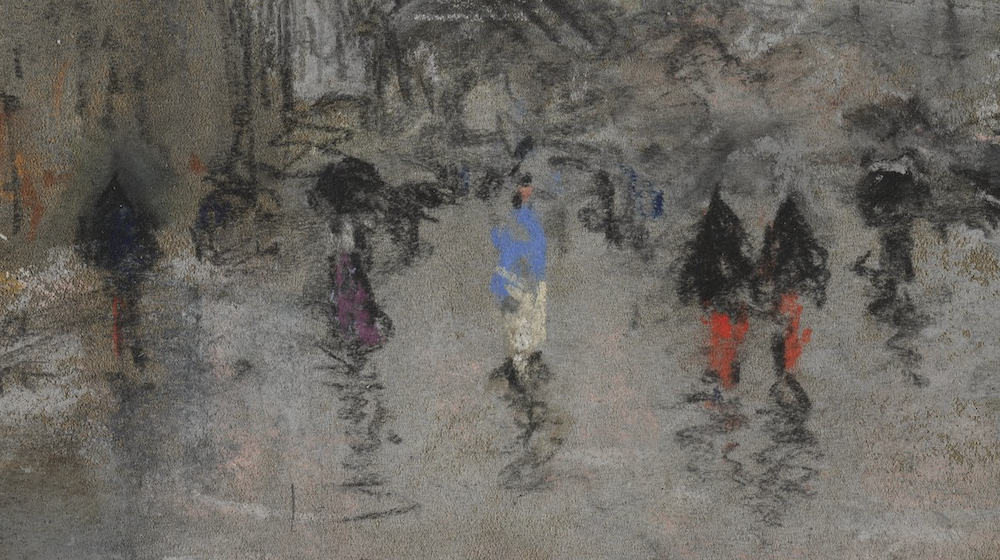
The main figures, barely rendered but enough to let us know what they are, sport bright colours – red-violet, blue, red. Are those two on the right, as similarly dressed as they are, perhaps in uniform? The black squiggles in front of the figures, representing reflections, certainly tell us that the pavement is wet!
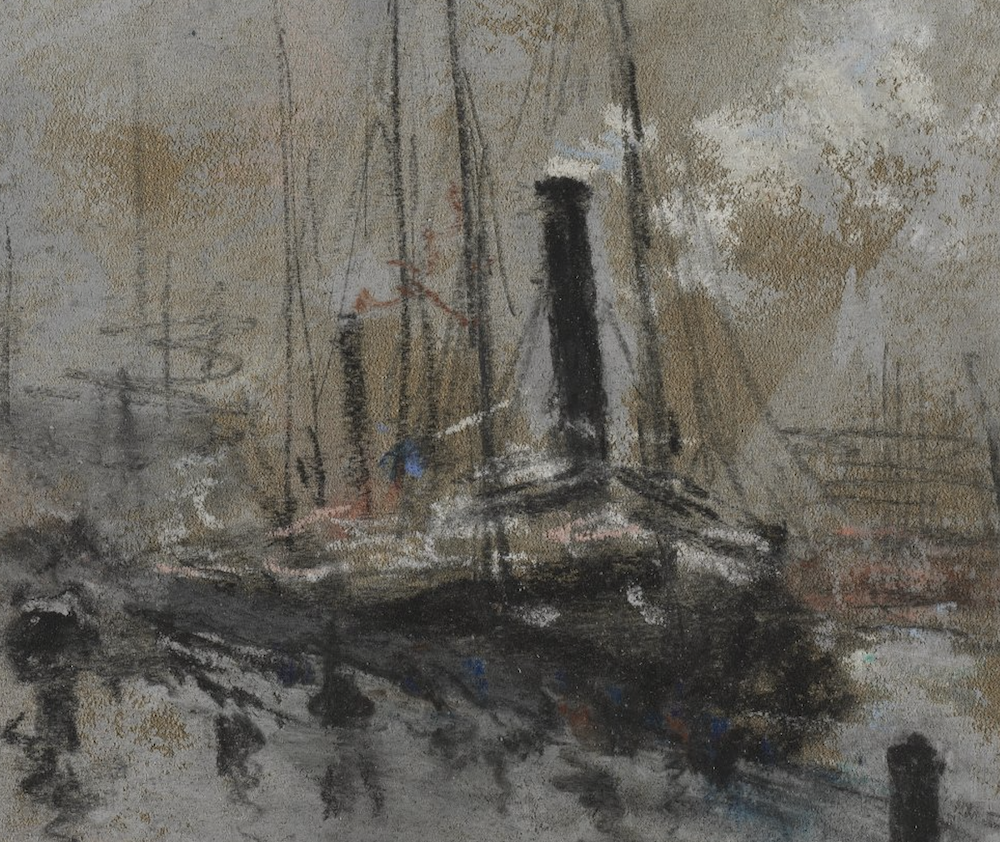
The boat alongside the pier seems ready to leave. It belches white smoke. Brown smoke puffs out of a smoke stack further back. We’re definitely in the middle of a working district with boats coming and going in the harbour of Le Havre.
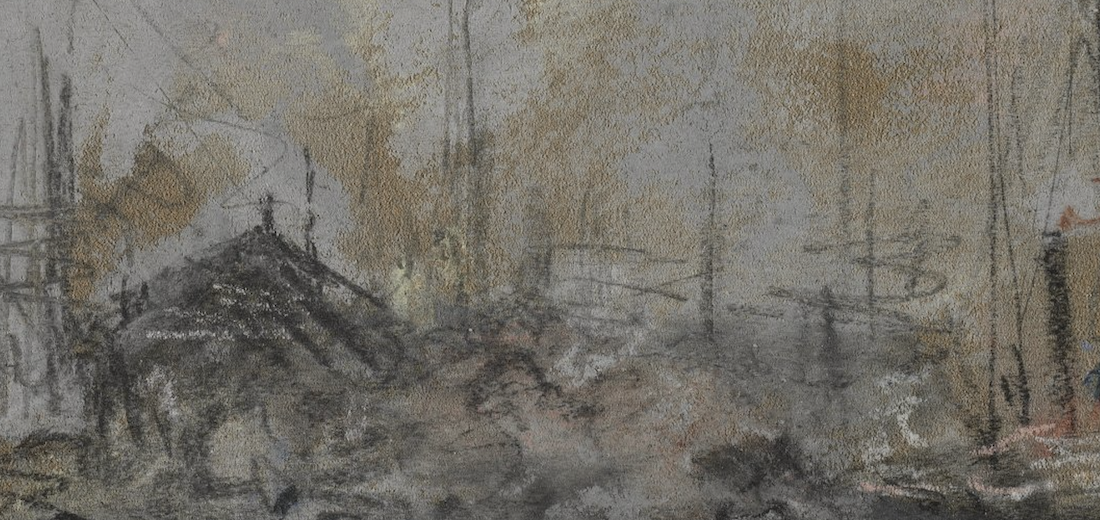
Lastly, this detail that shows what’s happening in the background. And what is happening? We can make out the roofline of a building, a warehouse perhaps? We see vertical lines that may represent boat masts and smudges of what may be fog. The looseness adds to the feeling of hustle and bustle due both to the activity on the quay and the damp weather.
I can imagine ten Cate standing with this view in front of him, quickly getting down the main features and capturing an impression of the scene. For me, it’s a lesson, once again, in the idea that less can certainly be a lot more!!
Born in the Netherlands, Siebe Johannes ten Cate studied at the RijksAcademy but by the age of 22, he’d settled in Paris where he opened his own studio. He was friends with Kees van Dongen. He was also an acquaintance of Vincent Van Gogh who apparently described him as “a very neat man, completely dressed in black cloth.” Le Havre, where this painting is set, was one of his favourite locations to paint.
________________________________________________________________________
Pure Colour 6th Annual Show is up!
A fabulous opportunity to be inspired by different styles and subjects, here’s a sampling (a few of the winners):
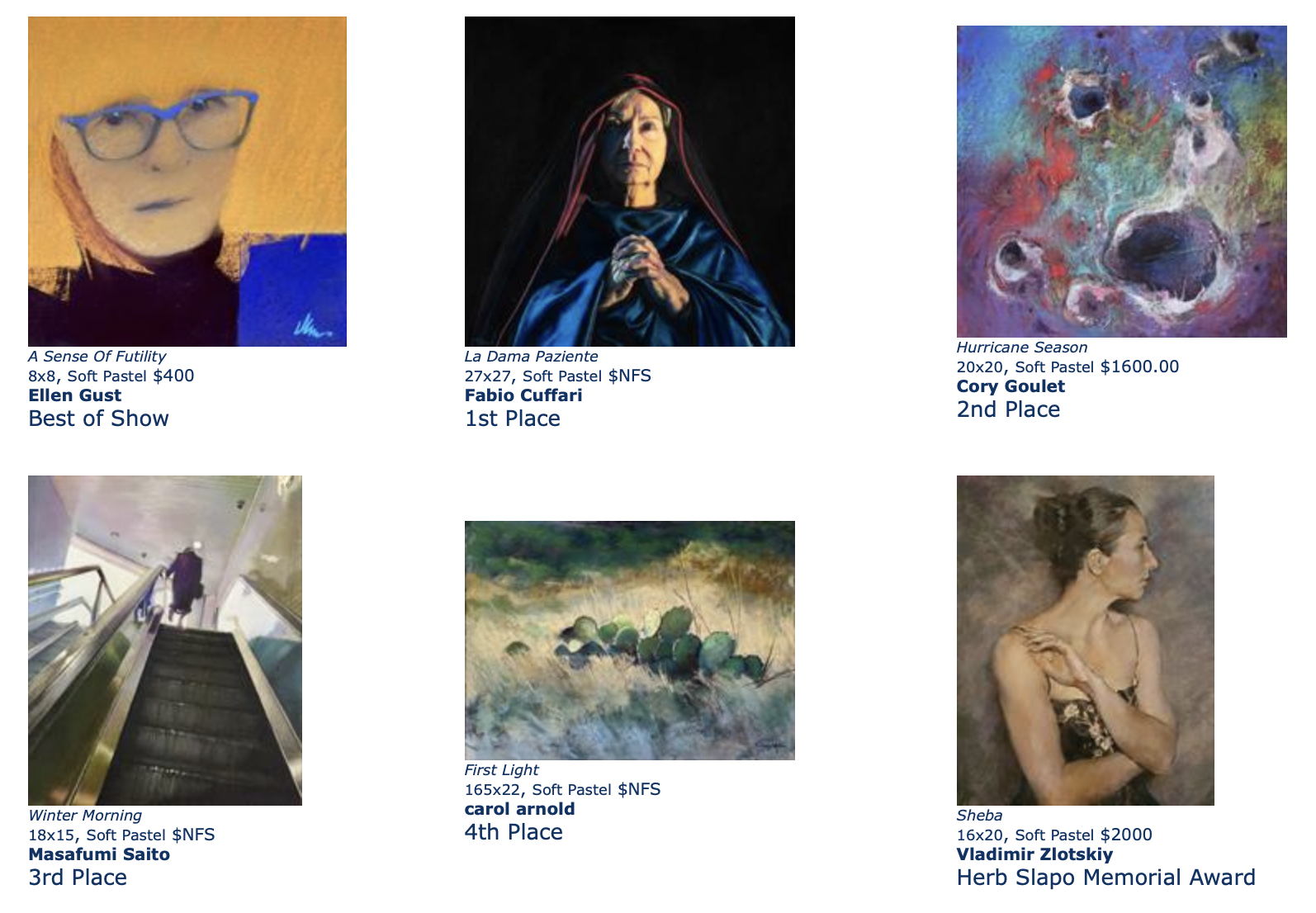
And that’s it for this time!
Gail

